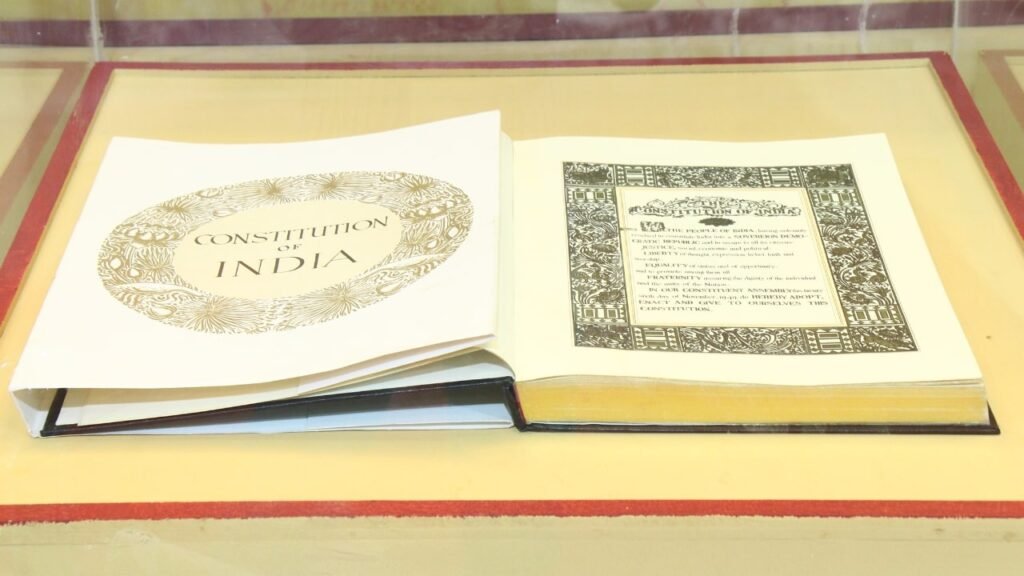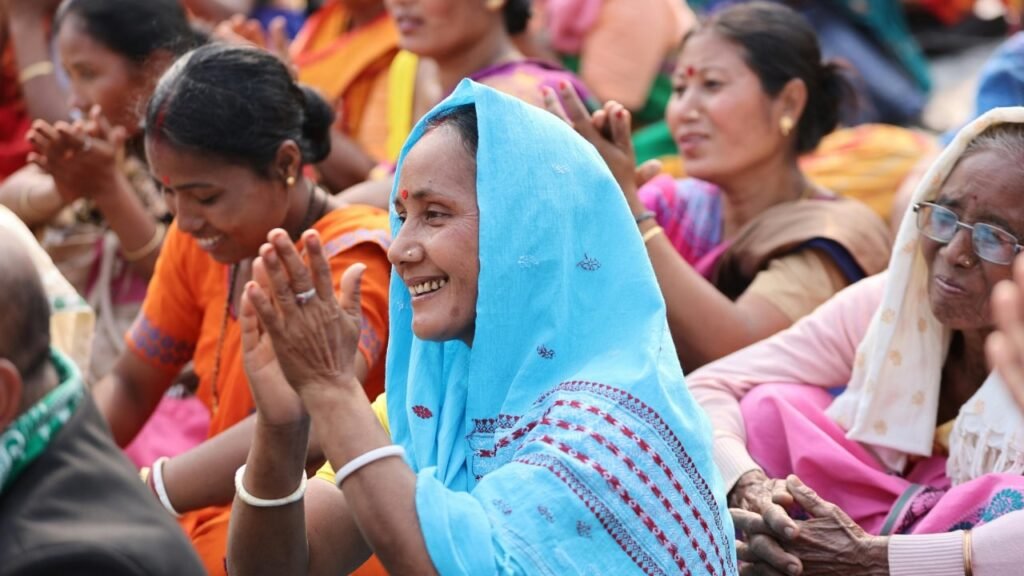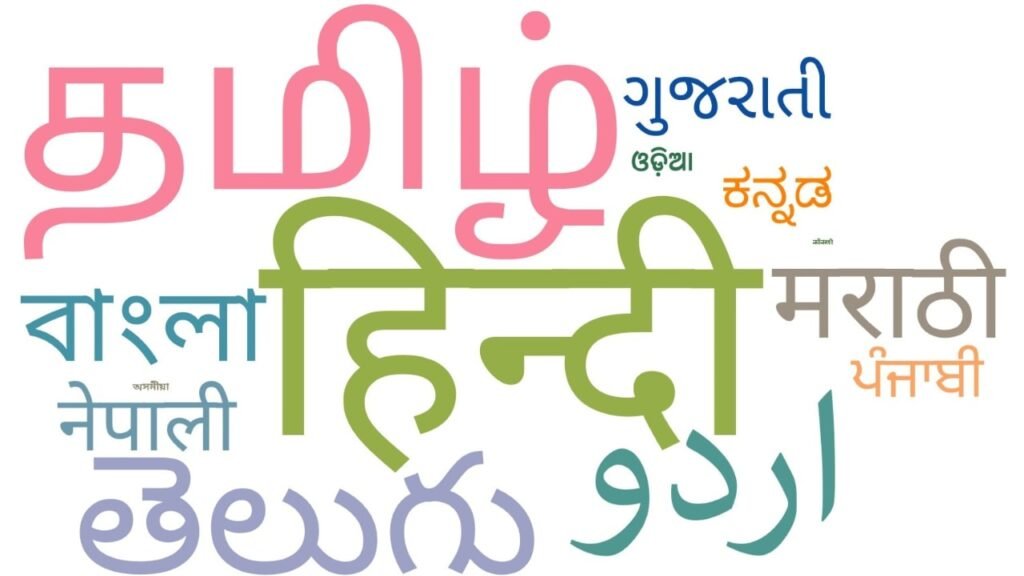
Table of Contents
Introduction
Do you know identity politics in India is shaping the country’s political landscape?
Come, let’s decode.
A complex and multifaceted phenomenon, identity politics in India is nothing new. It is strongly rooted in our country’s social fabric and influences our political leaning and voting choices.
Through this article, we will explore various aspects of identity politics like gender and language, and how they influence the politics of reservation and challenge the existing political order.
What is Identity Politics?
Politics in which a person’s identity is reflected or politics based on a particular identity. In simple terms, how we view ourselves impacts our participation in politics, directly or indirectly. Identity politics can be seen in political movements and activities that are based on the interests of social groups that share common characteristics such as race, religion, ethnicity, gender, or social class.
You know what unites people? It is a common experience like discrimination or oppression. This is the reason why identity politics challenges traditional power structures and demands greater representation for marginalized communities. Naturally, then, it is surrounded by controversies.
The Historical Roots of Identity Politics in India

Let us travel back in time to the pre-independence era to trace the roots of identity politics!
The world bears witness to how the “Divide and Rule” policy in India kept people apart. It had divided communities and as a result, the division was further exacerbated by the demands for separate electorates based on religious and caste identities.
After independence, India’s liberal democratic framework showcased the diversity and complexity of our country. Hence, the foundation of identity-based politics was laid in the early days of independent India.
Importantly, the Constitution of India, put together by the Drafting Committee led by Dr. B. R. Ambedkar promoted a secular and democratic state, while recognizing the existing inequalities in society.
So, identity politics aims to empower people, particularly from marginalized communities to fight for their rights, voice their opinions and seek representation within the political system.
Caste Politics in India
Imagine Indian politics without caste. What would that look like?
We will never know because caste has always been at the centre of identity politics in India. Today, as in the past, it is a powerful tool for political mobilization. Caste decides voting patterns and political alliances.
Caste politics gained true visibility with the emergence and rise of caste-based political parties. The Bahujan Samaj Party (BSP) and the Samajwadi Party (SP) have been advocating for the rights and representation of the communities at the bottom of the caste hierarchy. In today’s times, elections are fought and won on matters of caste. Caste politics has become the narrative!
At least in theory, the mission of caste politics was simple. It was and is about righting the wrongs and correcting historical injustices with greater political and economic representation.
As caste-based political parties have leveraged these sentiments to consolidate their voter base, it led to increased caste consciousness. On that note, let us look at the pros and cons of the intermingling of caste and politics in India:
The pros:
- It has democratized political participation by providing historically marginalized groups with a platform to voice their opinions.
- The electoral success of caste-based parties clearly shows that our political system can be inclusive and responsive to the needs of all social groups.
The cons:
- It has led to identity-based conflicts, posing challenges to social cohesion and national unity.
- As the focus is on the interests of certain communities, the holistic development goals can be overlooked.
Gender and Politics in India

In recent decades, gender politics has emerged as a significant force. Along with caste, gender and politics are also inextricably linked. The Indian political landscape is a competitive space!
From the feminist movements of the 20th century, the Chipko Movement to the campaign for the reservation of seats for women in local governance, the so-called “traditional” gender roles have been challenged.
But, what is gender politics in India all about? It encompasses varied issues like protesting against gender-based violence and discrimination and the fight for equal representation in political and public life. There’s another angle. Women from the marginalized caste or communities face double discrimination. First, on the basis of their caste or community and then, gender.
The recent decriminalization of homosexuality is indicative of the growing influence of gender politics that continues to shape our country’s political and legal framework. The passage of the Women’s Reservation Bill that reserves 33% of seats for women in state legislative assemblies and the Lok Sabha is noteworthy.
Does it mean gender equality is winning? Partially. When it comes to the fight for gender justice in our vast country, it is crucial to address the very specific needs and rights of women from different caste and religious backgrounds. The question is, can everybody’s identity needs to be accommodated?
Language and Identity

Language is another critical element of identity politics in India. In the 1950s, the states were reorganized on the basis of languages. Naturally, linguistic affiliations determine political loyalties and affect the election results.
This led to the formation of regional parties that fight for the interests of specific linguistic groups and play a significant role in state politics. Yes, language-based identity politics is preserving India’s cultural diversity and empowering linguistic minorities.
But, the ensuing tensions between different linguistic groups is worrisome. There’s also the longstanding dispute of “Hindi Imposition.” The non-Hindi-speaking states, particularly in the South, have resisted the imposition of Hindi and it has led to demands for greater linguistic autonomy.
The Politics of Reservation in India
And then there is the politics of reservations!
The purpose of reservation policies is to provide representation for marginalized communities. Here as well, there are hits and misses. There is improved access to education, employment, and political representation for disadvantaged groups. But, reservation politics has made people aware of their differences.
Through the issue of reservation, caste-based political parties have to a certain extent leveled the political playing field and democratized Indian politics. But, the political landscape appears fragmented. After all, our identity is in flux!
The need of the hour is balance. Affirmative action must be in sync with the larger goal of promoting social harmony and maintaining national integrity. As long as India continues to grapple with the complexities of identity politics, the politics of reservation will take centre stage.
Conclusion
The diversity and social divide lays the foundation for identity politics in India.
While identity politics has democratized political participation and empowered marginalized communities, it has also made people aware of their differences.
As identity politics shapes the country’s political landscape, it is important to understand how various aspects like caste, gender, and language impact politics in India. After all, the ultimate goal is to build a more cohesive society.
So, what is the future of identity politics in India? It all depends on the ability of the political system to accommodate the identities that make India.
Recommended Articles
If you found this topic interesting, you might also enjoy reading these articles:

